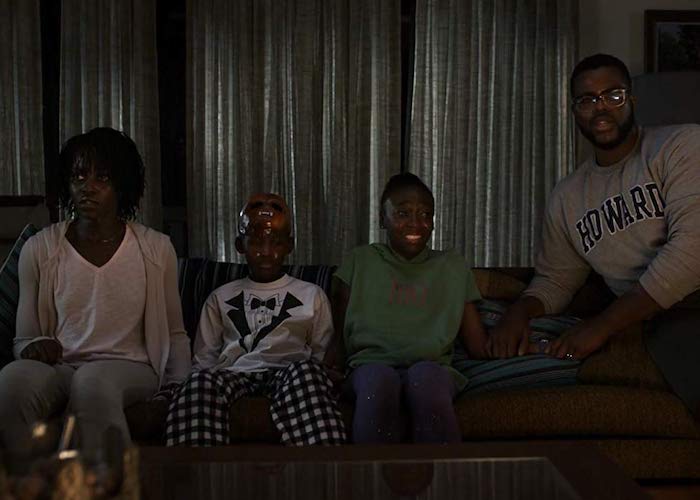
Jordan Peele has always worn his influences on his sleeve. These days, he’s doing so quite literally. With his sophomore feature, Us, Peele immediately revealed to Entertainment Weekly the 10 specific titles that he showed lead actress Lupita Nyong’o and the rest of the cast and crew “so they would have ‘a shared language’ when filming.” To know these influences before seeing the movie causes us to think about and maybe even compare them if we’re previously familiar. It’s better to go in blind to the related works and then just seek them out afterward.
For this week’s list of Movies to Watch After… I’ve mostly gone with Peele’s picks, with a couple alternates, but let’s start off with something else entirely:
Three Identical Strangers (2018)
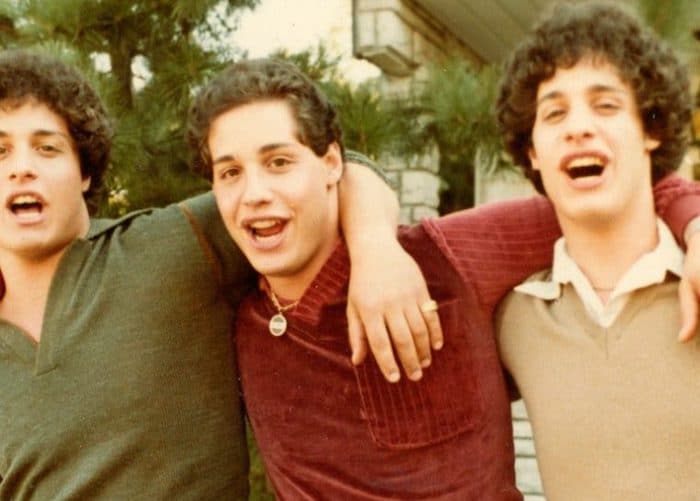
What if you went off to college and discovered an exact copy of yourself already went there? That’s the initial set up of this hit documentary from last year. Except there was also a third lookalike, as well. They weren’t evil doppelgangers or clones, however. But just like in Us, the story of Three Identical Strangers goes much deeper and darker than the mere mirror images found to be walking about. I won’t spoil exactly where the story goes, but it also involves human experimentation, and obviously, there’s something far more horrific about the twists and revelations in the doc because it’s all true. Other docs that go well with Us include Dark Days and People Like Us: Social Class in America.
The Babadook (2014) and It Follows (2014)
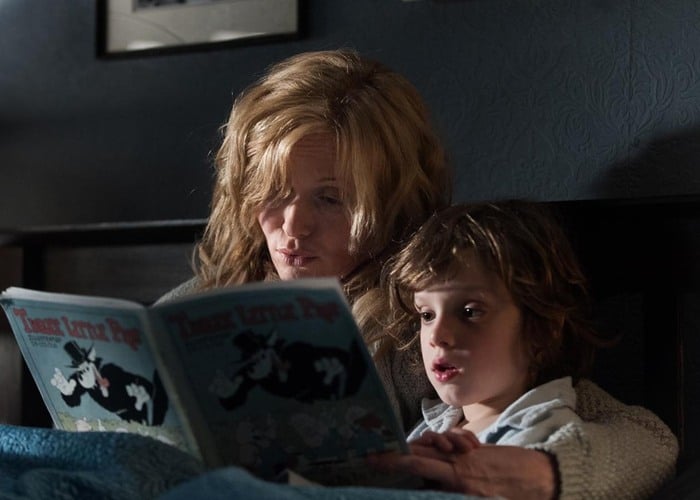
The most recent titles on Peele’s viewing list for Us are two movies that similarly work on two different levels. On the one hand, they’re simply very scary horror films, appreciated for exactly what’s happening on screen on a surface level. On the other hand, they both have deeper meanings. The Babadook is about grief, with its boogeyman a manifestation of that theme. It Follows is about a sexually transmitted haunting, which is obviously representative of STDs and/or sexual violence. If you’re averse to really terrifying movies and need to skip The Babadook, don’t worry because Peele adapted the movie to Emojis for you.
Let Me In (2010)
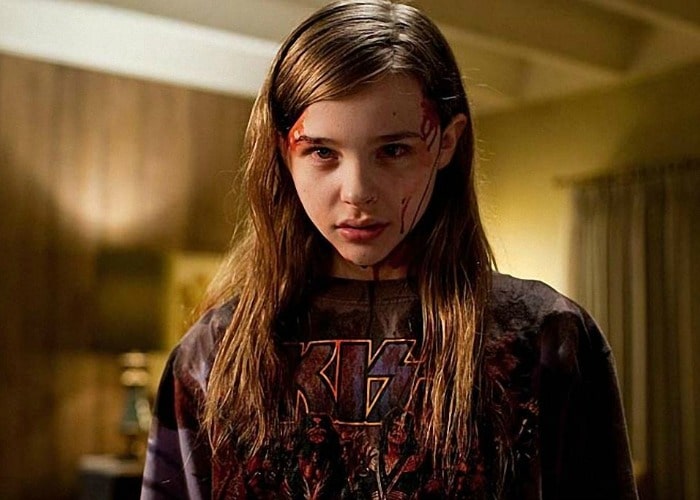
Peele actually included Let the Right One In on his viewing list, and that’s definitely worthy of a recommendation, too. But to mix things up a bit from just sharing his picks, I’ve switched this entry to the English-language remake, Let Me In. One of the better remakes ever made, this adaptation of the same Swedish book relocates the vampire tale to America in the 1980s, which links it more to the backstory in Us and is also a lot more explicit about its themes. For Peele, the significant cultural marker on the TV is the Hands Across America stunt, for Let Me In, it’s Ronald Reagan’s “Evil Empire” speech. Back then, the easy enemy was the other, the outsider, particularly the Soviets. But of course, there were more complex evils right here at home, as well.
Martyrs (2008)
Peele likely had the cast of Us — Nyong’o in particular — watch Martyrs because his movie similarly begins with a kind of trauma experienced by a young girl. In the French film, though, the past events and now what happens in the present deal more with physical abuse than the horror equivalent of forcibly trading places a la The Prince and the Pauper. Martyrs is a difficult movie to watch, but as our chief critic wrote in naming this one of the best horror movies of all time, “Ignore the garbage people who call the film ‘torture porn,’ and know that while it features harsh, painful scenes of abuse it does so in a tale that shocks, surprises, and lands with an emotional gut punch.” Unlike with Let the Right One In, definitely avoid the Hollywood remake this time.
A Tale of Two Sisters (2003)
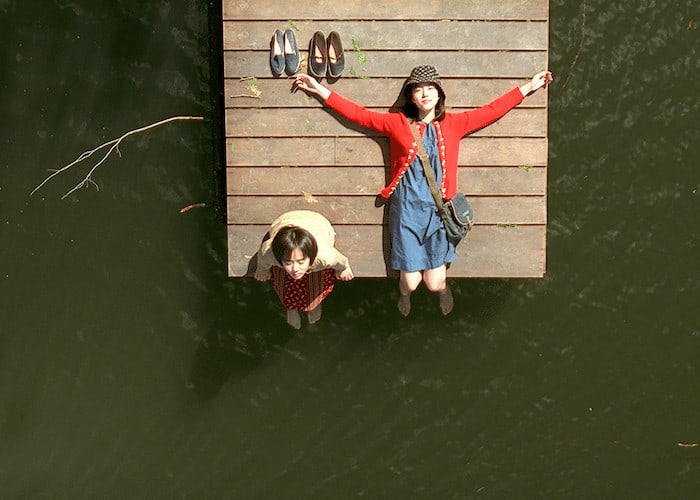
We can always trust Peele will have a deeper cut among his influences, and it’s great to see one of the most underrated horror movies of this century make his watch list. The Korean film A Tale of Two Sisters (also remade rather poorly in America, as The Uninvited) is one part fairy tale with its evil stepmother (it’s based on a folktale) and one part family drama, both wrapped into a disturbing and darkly surreal horror film package. Peele’s movie also concerns family drama, both in the past and in the present, but not even close to what’s dealt with here, and it’s never near to the level of scariness, either.
The Sixth Sense (1999)
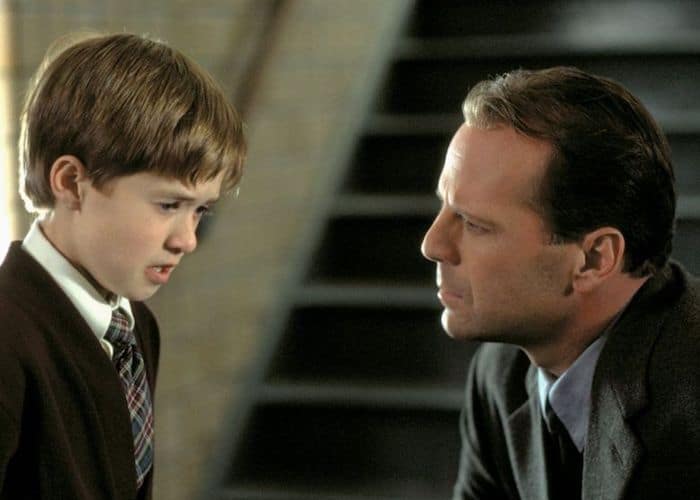
Peele is being called a modern-day Alfred Hitchcock while also being spoken about in the same breath as early Steven Spielberg. And those two comparisons combined mean he’s also the new M. Night Shyamalan. Hopefully, Peele never falls out of favor the way he did, however. Us might be both Peele’s Signs and his The Village, in my opinion, if we’re going there with the parallels, yet while his breakout success with Get Out links up with Shyamalan’s The Sixth Sense, there’s also some of that 1999 Best Picture nominee that aligns with Us, too, namely a twist ending where a main character comes to a realization that they’re something they hadn’t known. “That movie scared the shit out of me,” Peele admitted in a recent interview, in which he also confesses the movie made him cry.
Funny Games (1997)

Another foreign film that’s been remade in the US — perhaps that’s just inevitable for all notable horror movies made overseas. This one, by Michael Haneke, was redone by Michael Haneke, however. A kind of cinematic doppelganger if you will. But the main reason it’s among Peele’s picks likely has to do with the whole home invasion aspect. In Funny Games, a well to do family is terrorized in their vacation home by two sadistic young men. This is another difficult movie to enjoy, unlike the more entertaining Us, but you can still get a sense of how it inspired Peele with his lighter (or at least just more fantastical) version.
In an interview with The Ringer, Peele referenced Funny Games as something on his mind when deciding on a weapon:
“I’ll be on set, trying to figure out, ‘OK, what’s the weapon Jeremy should have? Is it going to be a lacrosse stick or a golf club? Oh you know what, ‘Funny Games’ did the golf club, let’s go lacrosse stick.'”
Dead Calm (1989)

For almost 30 years now, I have had this issue where every time I see the title Dead Again, I think of Dead Calm. When someone references the 1991 Kenneth Branagh thriller starring himself, Emma Thompson, and Andy Garcia, I think they’re talking about the 1989 Phillip Noyce thriller starring Sam Neill, Nicole Kidman, and Billy Zane. So, even though Peele’s list includes Dead Again, I can’t help but recommend Dead Calm instead. Even while watching Us and constantly wondering how Peele’s picks would show their influence on screen, I kept thinking about Dead Calm rather than Dead Again. And so, when Gabe (Winston Duke) shoots “Tex,” the Josh doppelganger (Tim Heidecker) with a flare gun, I was relieved that I got the homage. Except that Peele probably didn’t mean for any Dead Calm homage at all. As for Dead Again, well, it’s about a woman who can’t quite recall her past, and there’s some Hitchcockian stuff with doubles, and also scissors, so it’s definitely the more relevant movie to watch after Us. But also Dead Calm, which I guess I consider its alter ego, is really good.
The Shining (1980)
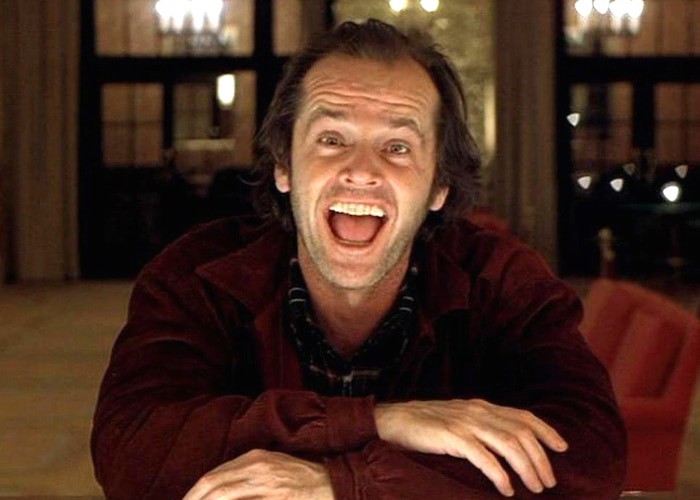
Why did Peele make his cast watch Stanley Kubrick’s classic adaptation of Stephen King’s The Shining? And why is he wearing Jack Nicholson’s outfit from the movie while doing press for Us? Well, there are some terrible twins and also an evil version of a once-beloved father. Except that guy has been transformed, it’s not a separate entity. There’s a mother at the center of it all trying to deal with the horror affecting her family while they’re staying at a vacation spot. The Shining was also heavily referenced in Get Out, so it’s clearly just one of his favorite movies. He also adapted it into Emojis once. And then there’s this:
I just made a fart that sounded like the Shining kid was in the next room.
— Jordan Peele (@JordanPeele) April 1, 2013
Additionally, in an interview for The Playlist, he admitted to this influence:
“In that first scene but that at first scene is I wanted to evoke this feeling that is ‘The Shining’ meets ‘Moonlight.’ A huge piece of the pantheon of horror tropes is the creepy kid. I get to make movies where I can put the idea out there. I wonder why have we not been invited into that space?”
Jaws (1975)

Another apparent favorite for the filmmaker, who also paid it tribute in Get Out. Obviously, Jaws is the most blatantly referenced of all these movies — despite not being on Peele’s viewing list — by way of the son’s t-shirt. But there’s more to the inclusion than that. Peele has discussed how much Spielberg was an influence on Us in the way both movies are focused first on these families that wind up at the center of the horror scenario. He told Empire magazine in a new interview:
“Films like ‘Jaws,’ ‘E.T.’ and ‘Close Encounters’ take normal American families and put them in extraordinary situations. That warmth and connection that the viewer has [to the family] is something I wanted for this film.”
The Birds (1963)
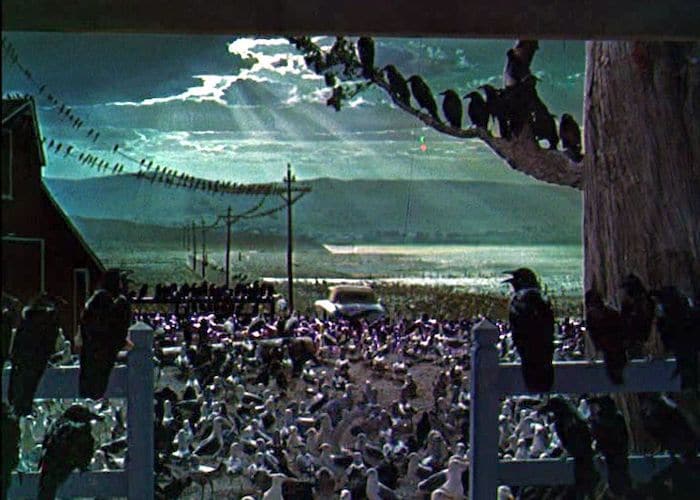
As much as I love it, The Birds is kind of lesser Hitchcock, if ever there was such a thing. It’s definitely one of Hitch’s cheesiest movies. Compared to Get Out, I think Us is a lesser work from Peele, so it fits. Plus, Peele included it on his viewing list because it’s set in a seaside area in northern California (“The Bay Area – it’s Hitchcock land!” he told the BFI) and there’s a strange invasion of something once-familiar (birds, of course) occurring — and not even children are spared the horror. “Invasion movies — whether it’s a home invasion or The Birds or UFOs — pull from fear of the outsider,” Peele explained to the Wall Street Journal. Right now we’re in a time where that fear is very thick in the zeitgeist: fear of North Korea making a bomb, fear of immigrants. But we’re realizing that the terror is homegrown, too.”
Mirror Image (1960)
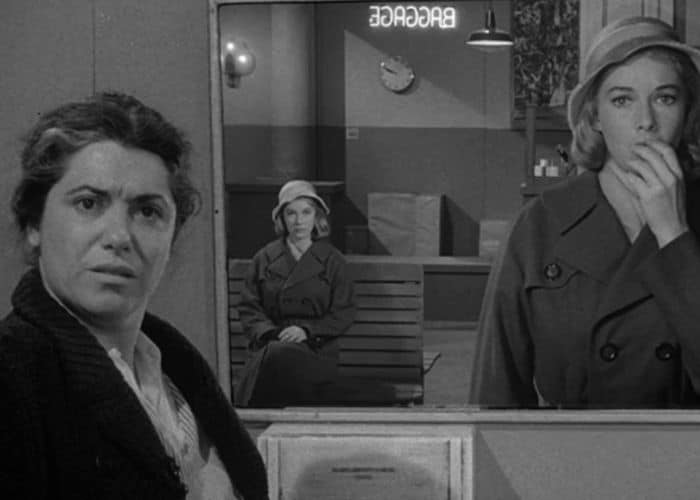
Can an episode of a TV show be considered a movie, to be qualified for this list? When the TV show is The Twilight Zone, I will allow it, since each episode is basically a short film presented under the package of the series’ brand. Mirror Image, which aired as part of the show’s first season, is about a woman waiting for a bus who encounters the existence of her doppelganger, an evil double from an alternate dimension who seeks to replace her. The similarities between this Rod Serling-scripted short and Us are rather simple in their doppelganger bond but the episode was enough to heavily inspire Peele (who is also working on an upcoming Twilight Zone reboot) in the writing of his new movie. “It’s terrifying, beautiful, really elegant storytelling,” Peele told Rolling Stone of the episode’s inspiration, “and it opens up a world. It opens up your imagination.”
He also said of the inspiration to Polygon:
“There’s something about this idea that the doppelganger that has this creepy smile … they know more than you know. I was sort of connecting that to, first and foremost, our fear — our societal fear — of terrorism, of an attack, of an invader coming in who has been plotting something mysterious. Besides the fact that this is an awful event is the idea that there is a well-oiled plan. And the only other thing that’s more terrifying than that is the suppressed feelings of what our part in these tragedies is, even if we are the victim.”
Related Topics: Alfred Hitchcock, Jordan Peele, M. Night Shyamalan, Movie DNA, Steven Spielberg, The Shining
